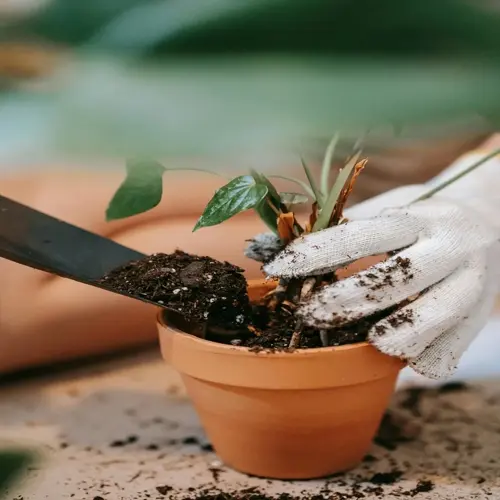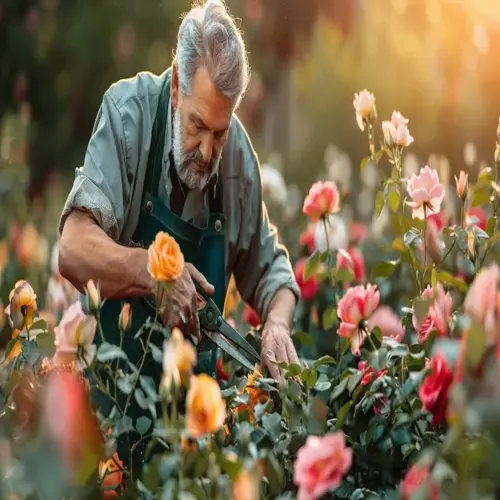Why save seeds instead of buying new packets?

Written by
Paul Reynolds
Reviewed by
Prof. Martin Thorne, Ph.D.The sustainability benefits of saving your own seeds rather than purchasing commercial seed packets are significant. A unique genetic line is preserved that commercial agriculture would never preserve because it's insignificant for agribusiness, and each saved seed acclimates to your unique microclimate and builds natural resilience that you can't buy.
Genetic Conservation
- Preserve 93% of vegetable varieties lost since 1900
- Maintain heirlooms like Moon and Stars watermelon
- Protect regional adaptations from extinction
- Create living gene banks in home gardens
Economic Efficiency
- Save $50+ annually on seed purchases
- Eliminate recurring commercial seed costs
- Develop free planting stock for future seasons
- Trade surplus seeds locally for new varieties
Agricultural Resilience
- Plants adapt to local pests and diseases
- Develop drought tolerance over generations
- Maintain 15-20% higher germination rates
- Build self-reliant food systems
Economic savings increase significantly over time. Where commercial seeds may cost $3-5 or so per pack, saving seeds from home means you will have no ongoing payments. The tomato seeds from my grandma are still producing after 15 years, and have essentially saved about $300, creating a continuity of food traditions.
Locally adapted varieties significantly surpass commercial varieties. Within three generations, plants can obtain natural resistance to pathogens and pests in their region. The bean varieties I save are now resistant to local beetles without the use of pesticides. In contrast, the commercial seed varieties I have purchased do not perform well.
Seed sovereignty offers gardeners autonomy from corporate agriculture. You choose what goes into your soil, without patent restrictions. Through community seed swaps or by giving away seeds, we're exchanging rare crops like Cherokee Trail of Tears beans, thereby helping to develop resilient local food systems.
Valiant conservation efforts save endangered varieties. For example, heritage strains of corn, such as Glass Gem, were on the verge of extinction before seed savers intervened. The genetic diversity contained within each jar of seed in your seed bank is invaluable, as industrial farms have essentially eradicated genetic diversity, utilizing standardized hybrids.
Begin with small things, try easy crops like tomatoes or beans, and connect with local seed-saving networks and communities to share knowledge and rare varieties. As you grow them season after season, your garden will become a living area of biodiversity that nurtures you, your family, and future generations.
Read the full article: How to Save Seeds: A Complete Guide

